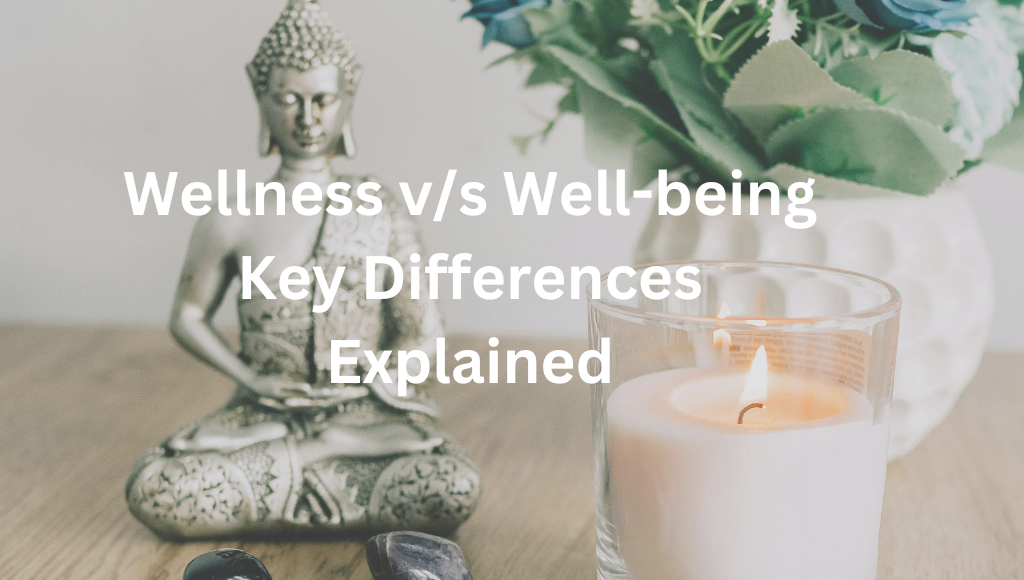Traditional Indian kitchens have always been ahead of their time—using natural, time-tested materials for cooking and eating. From clay pots to brass tumblers, every item had a reason behind its use. One such timeless treasure is the Pure Kansa thali, also known as the Kansa plate.
Made from a unique blend of copper and tin, Kansa has been used in Indian households for centuries. But with all the modern materials available today, you might wonder: Is Kansa safe for daily use?
In this blog, we’ll explore what Kansa really is, why it’s considered beneficial, and how safe it is for your everyday meals.
What is Kansa?
Kansa, also called bell metal, is an alloy made from around 78% copper and 22% tin. It’s different from brass (copper + zinc) or bronze (copper + tin, but in a different ratio). Kansa has been used in India for centuries, especially in Ayurveda, for its health and energy-balancing benefits.
In ancient times, kings and scholars would eat from a Pure Kansa Thali, not just for style, but because they believed it enhanced digestion and kept the body in balance.
Is Kansa Safe for Daily Use?
Yes, When It’s Pure and Untreated
Pure Kansa is absolutely safe for everyday meals. Here’s why:
- It’s non-toxic and doesn’t leach harmful substances into your food.
- It has no chemical coatings, paints, or linings.
- It doesn’t react with most types of food—hot or cold.
Just make sure it’s authentic Kansa, not a coated or mixed-metal version.
Food Safety Depends on How You Use It
While Kansa is generally safe, there are a few tips to keep in mind:
- It’s great for serving food, but not ideal for cooking acidic items like tamarind or lemon-based dishes directly in it.
- To keep it safe and long-lasting, clean it regularly and don’t let it stay wet for too long.
- A little maintenance goes a long way in preventing oxidation and dullness.
Ayurvedic Benefits of Eating in Kansa
In Ayurveda, Kansa is known to help balance the Pitta dosha, which is linked to digestion and metabolism. Some commonly believed benefits include:
- Better digestion and gut health
- Enhanced taste of food (yes, Kansa is said to bring out the flavors!)
- Boosted immunity when used consistently over time
While these benefits may vary for each person, many still follow these practices as part of a holistic lifestyle.
How to Identify a Pure Kansa Thali
Not all shiny metal plates are created equal. Here’s how to tell if you’re getting the real deal:
- Weight: Pure Kansa feels heavy and solid in your hands.
- Look: It usually has a dull, matte finish unless polished—don’t expect a mirror shine.
- Source: Buy from reputed brands or artisans who specialise in traditional metalwork.
- Warning: Stay away from “Kansa-look” plates that are actually mixed with other metals or have a chemical coating.
Maintenance and Care for Daily Use
Taking care of your Kansa plate isn’t hard—it just needs a little attention:
- Wash with mild soap or use natural cleaners like tamarind pulp or lemon and salt.
- Always dry it completely after washing to avoid water stains or tarnishing.
- Polish it occasionally using lemon juice or a soft cloth to keep the shine.
- Avoid using steel wool or harsh scrubbers, which can scratch the surface.
Common Myths About Kansa
Let’s clear up a few misunderstandings:
- Myth: “Kansa makes food toxic.”
Fact: Only if it’s not pure. Authentic Kansa is safe and non-reactive with most foods. - Myth: “It’s not safe for kids.”
Fact: Kansa is safe for all ages—just keep it clean like any other utensil. - Myth: “It’s too high-maintenance.”
Fact: Kansa needs basic care, just like your copper or silverware.
Alternatives to Kansa – How Do They Compare?
If you’re still unsure, here’s how Kansa stacks up against other common materials:
- Stainless Steel: Durable and easy, but doesn’t offer any added health benefits.
- Brass: Looks similar to Kansa but is less safe with acidic foods.
- Copper: Highly reactive; usually needs a lining to be food-safe.
Kansa hits a sweet spot—traditional, healthy, and reliable when used right.
Final Verdict: Should You Use Kansa Daily?
Yes,if it’s pure and properly maintained.
Pure Kansa Thali is a fantastic choice for daily meals, especially if you’re into Ayurveda or simply want to switch to natural, wellness-based dining. It’s not just a plate—it’s a healthy habit in disguise.
From boosting digestion to adding a traditional touch to your meals, Kansa thalis bring both wellness and heritage to your dining table.
Conclusion
To wrap up, here’s what you need to remember:
- Kansa is safe for daily use when it’s pure and well-maintained
- It offers health benefits as per Ayurveda
- It’s easy to care for with simple cleaning and polishing
- Always buy from trusted sources
Final thought: “When used right, Kansa isn’t just a plate—it’s a piece of wellness at your table.”



